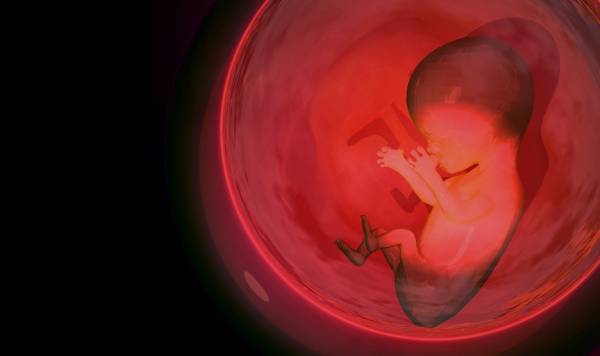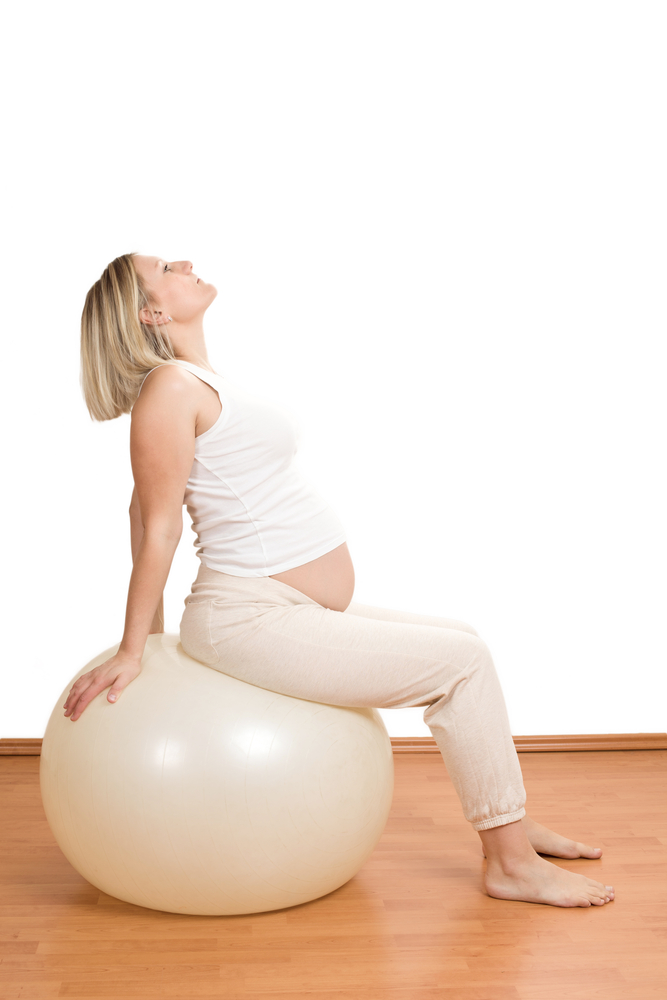In last week’s article, I discussed some of the cardiovascular changes that occur during pregnancy. It’s important for trainers and pregnant women to be aware of these changes and tailor their training program to work with them. Cardiovascular changes are just one aspect of a few different ways a pregnant body changes.
Today I want to discuss another important aspect of pregnancy: hormones. During pregnancy, the body releases more sex hormones than it does at any other stage of a woman’s life. Technically, the placenta is considered an endocrine gland, and plays a critical role in the release of progesterone and estrogen throughout pregnancy. The adrenal and pituitary glands increase in size to support hormonal secretions. All of these changes have an effect of the pregnant exercising woman.
In many cases, exercise has been shown to complement these hormonal changes. Staying active can even help prevent some hormonal problems that can occur during pregnancy. It’s important for trainers and pregnant women to be aware of these hormonal changes so they know what to expect during exercise sessions. Here are a few important hormonal changes that pertain to exercise:
Metabolism and Insulin Resistance
Pregnancy has some amazing effects on metabolism. For example, towards the end of a woman’s pregnancy, her body tends to favor fat as an energy source in order to spare sugar for the baby’s growth. At root, this transformation is a hormonal one and revolves stems from insulin resistance. According to Dr. Clapp, “Another major metabolic change is a progressive increase in insulin resistance in maternal fat and muscle, which makes the pregnant woman’s pattern of energy utilization similar to that of a mild diabetic.”
This is where exercise can produce some additive effects during pregnancy. Unlike pregnancy, exercise decreases insulin resistance, which is one reason regular physical activity has been shown to decrease the risk of gestational diabetes. As noted in a 2005 paper published by the American Diabetes Association, “The three most important endocrine responses to exercise include 1) a decrease in plasma insulin, 2) an increase in sympathethic nervous activity causing changes in insulin counter-regulatory hormones, and 3) hormones affecting sodium and water balance.”
Effects on Heat Production

Last week I wrote about the effects of pregnancy on the cardiovascular system and noted that heart volume increases by 15 to 20 percent during pregnancy. What I didn’t mention is that all of this is triggered by hormones, which cause blood flow to the skin to increase dramatically. It also keeps the developing baby’s temperature from rising too high. These changes are most likely related to pregnancy hormones such as estrogen. Some studies have demonstrated that increased estrogen levels have similar effects in non-pregnant women.
How exactly does this happen? Pregnancy hormones increase dilation within the blood vessels and also cause the body’s normal body temperature to decrease – which is why you might notice that you sweat a lot more when you’re pregnant. Clapp notes that in early pregnancy, a woman’s ability to deal with heat stress improves by 30 percent, and by the end of her pregnancy, it increases by at least 70 percent. Exercise only compounds these effects, since it has similar effects on the ability to tolerate heat stress.
Joint Laxity
You or your client might experience conditions such as symphysis pubis dysfunction or pelvic girdle pain during pregnancy. These problems can make exercise difficult and can even be debilitating. Probably due to its name, relaxin is commonly thought of as the cause of joint laxity during pregnancy, but there’s actually a lot more involved. A 2006 review of the medical literature published in The Obstetrician and Gynecologist states:
Relaxin is known to break down collagen within the pelvic joint, causing softening and laxity. Progesterone is also believed to exert a similar effect. However, relaxin levels have not been shown to correlate with the degree of symphyseal distension or SPD symptoms. Relaxin and progesterone levels peak at 12 weeks. This does not correlate with the onset of joint loosening and symptoms which peak at term and this further weakens the argument for their causal relationship.
When the root of the problem is
portrayed as purely hormonal, it can leave a woman feeling like a helpless victim of her endocrinology. I check in with my clients at every session and ask if they have felt any pelvic girdle pain. If they have, we work on exercises that focus on alignment and stability. An exercise program based on regular natural movement and improving overall core stability goes a long way in preventing these problems. I also recommend that pregnant women go to a physical therapist, chiropractor, or osteopath if they experience problems with pelvic girdle pain.
From conception to labor and delivery, not to mention the postpartum period, hormones fuel many of the changes that take place for mom and baby. These are only a few of the roles hormones play in the rapid and amazing growth that takes place during pregnancy. A regular exercise program works with these changes to create favorable outcomes and minimize some of the not-so-pleasant effects of raging pregnancy hormones.
If you’re looking for an exercise program to do during pregnancy, check out our Mommy workouts, which are specially designed for pregnant women at all fitness levels.
Photos courtesy of Shutterstock.







